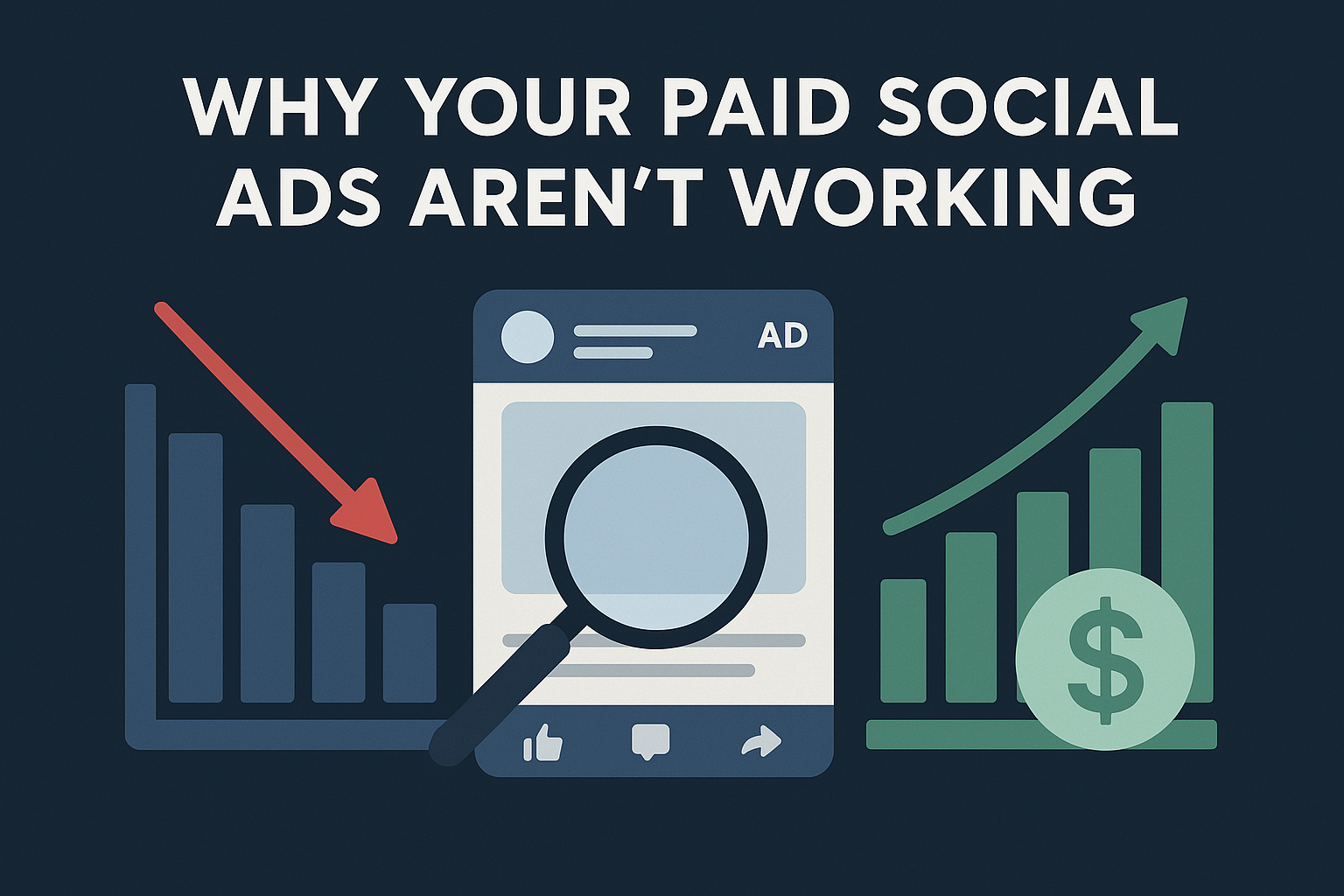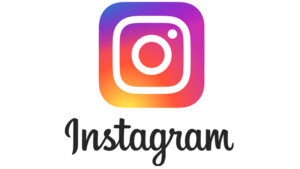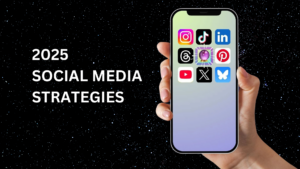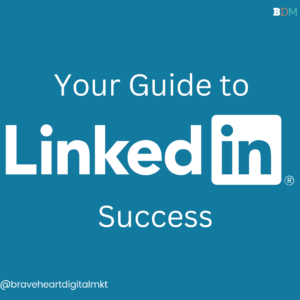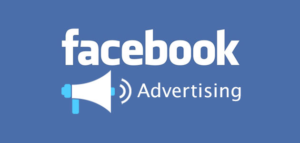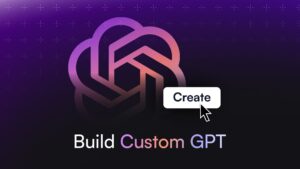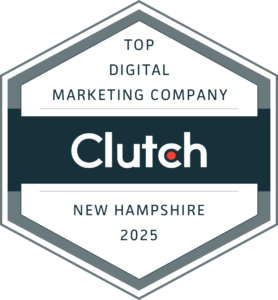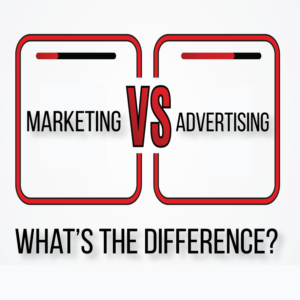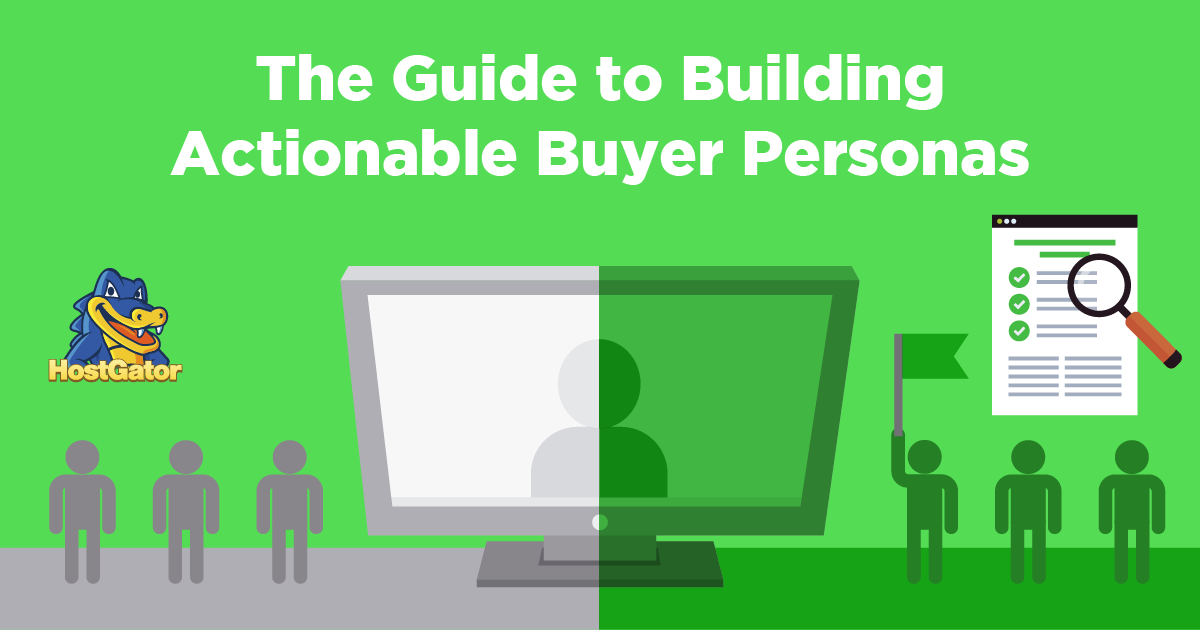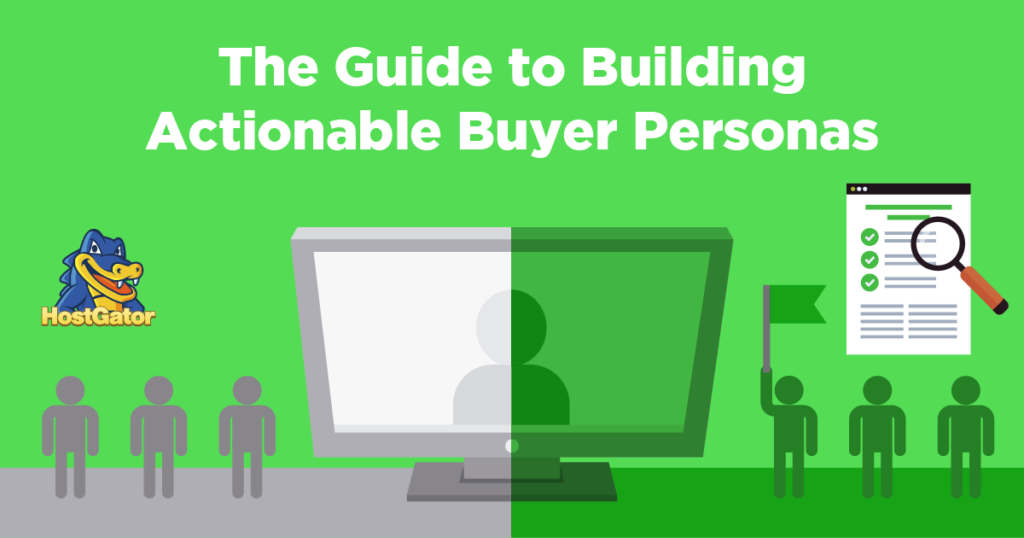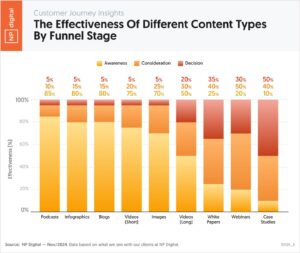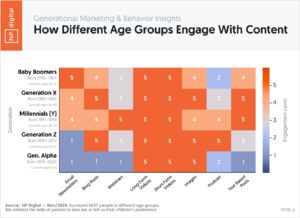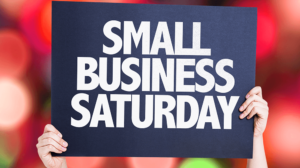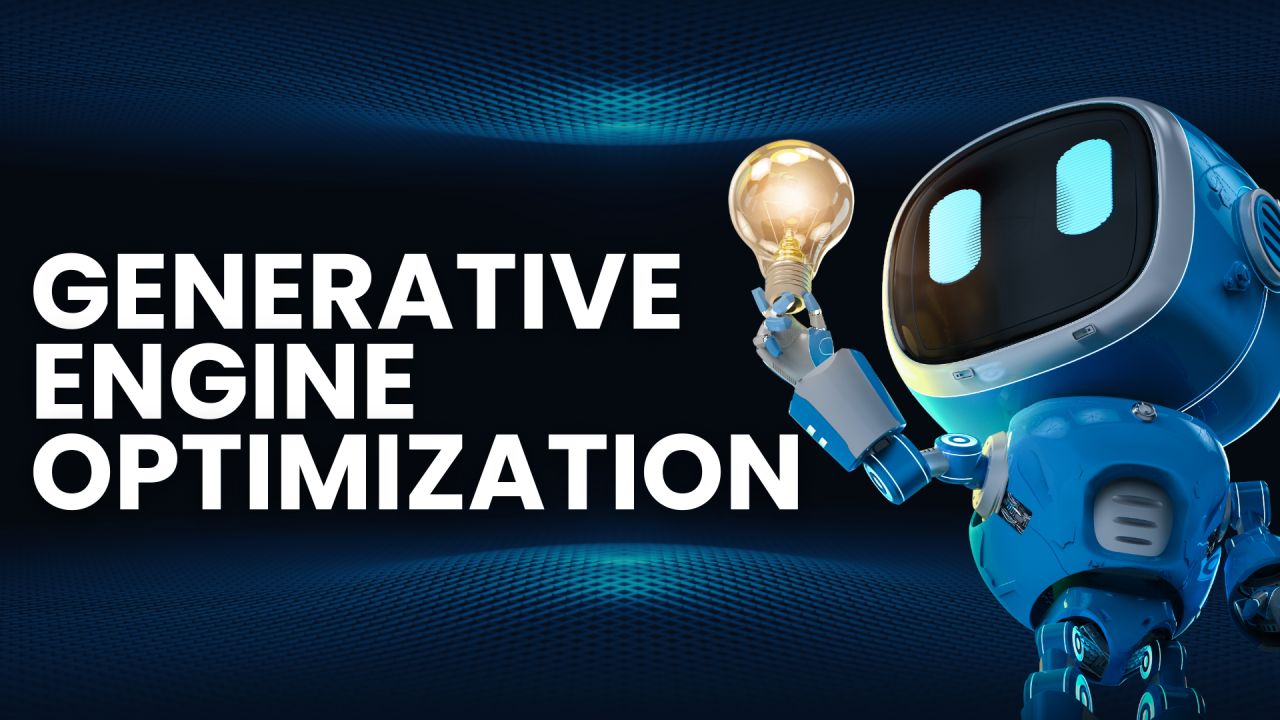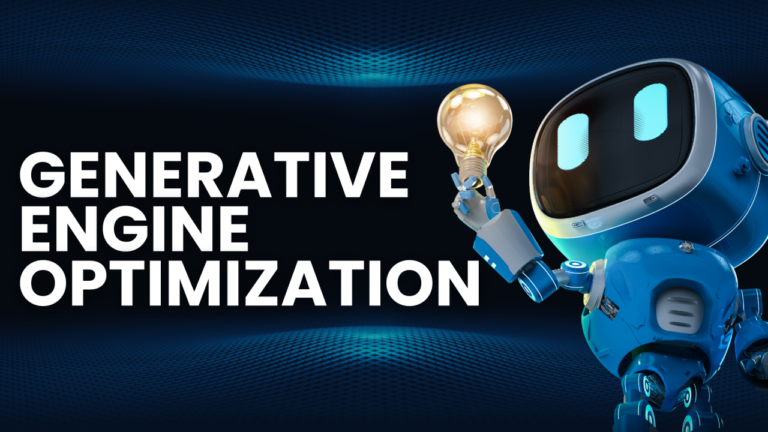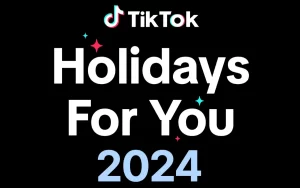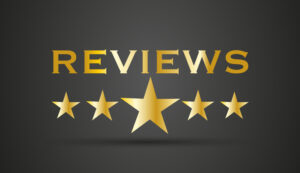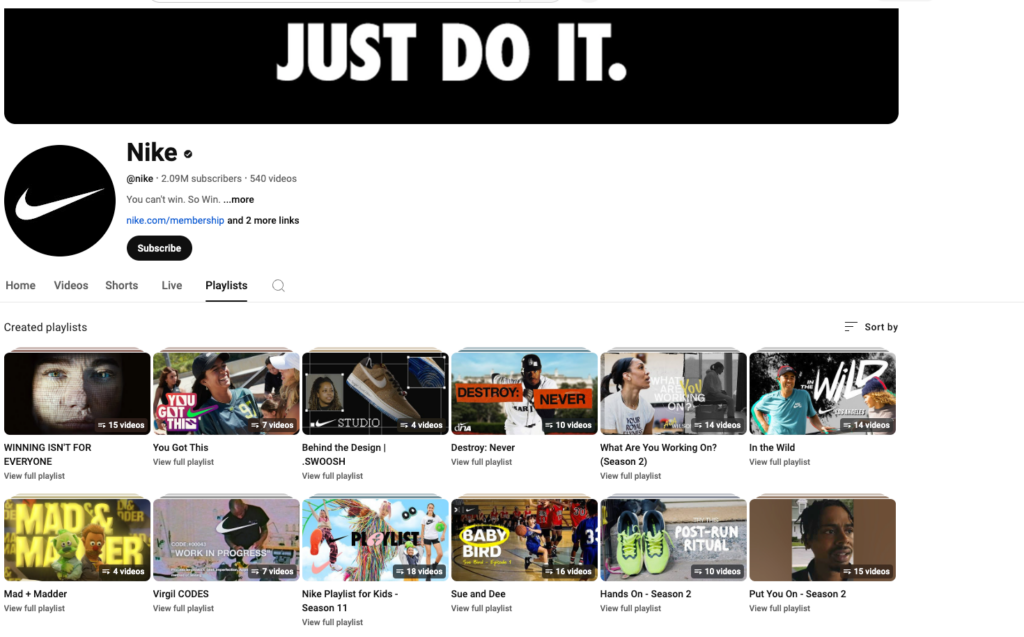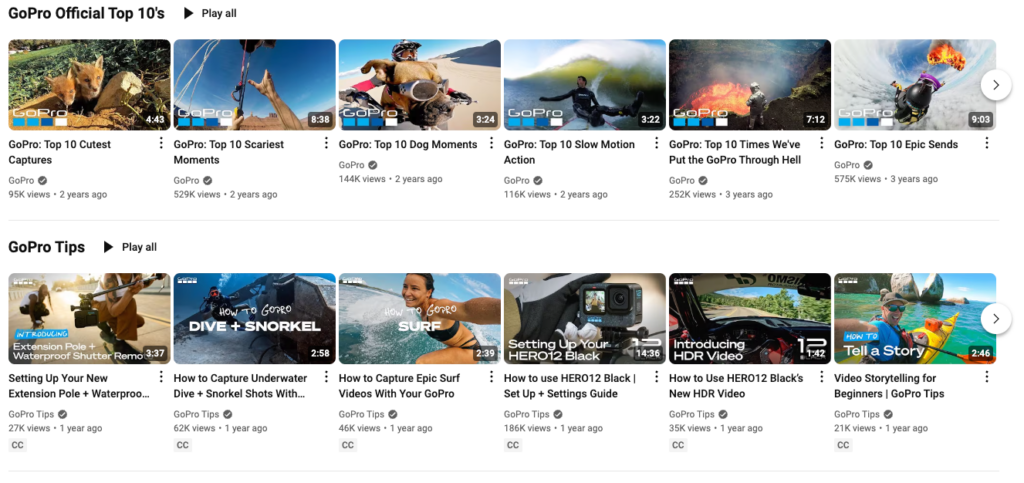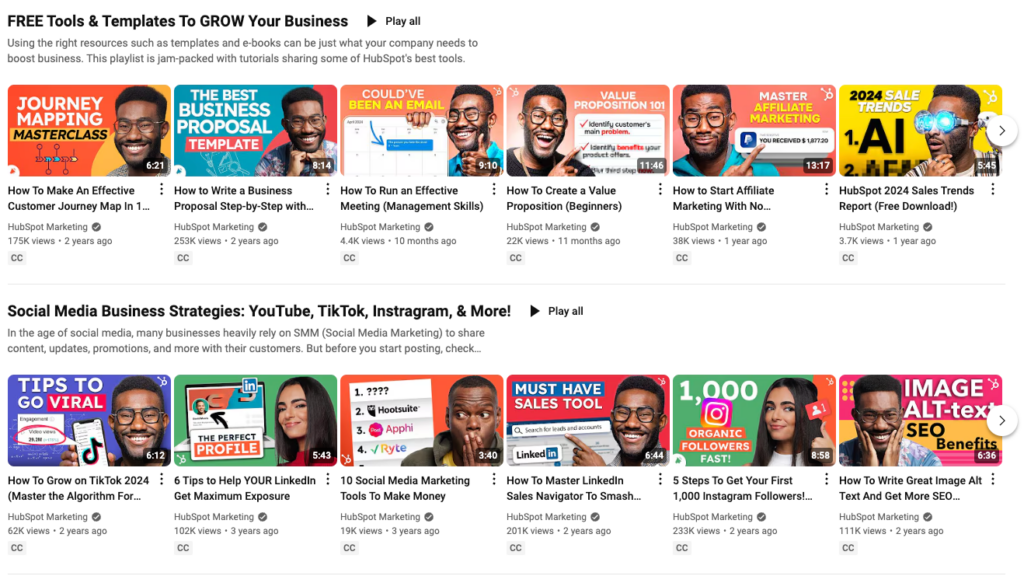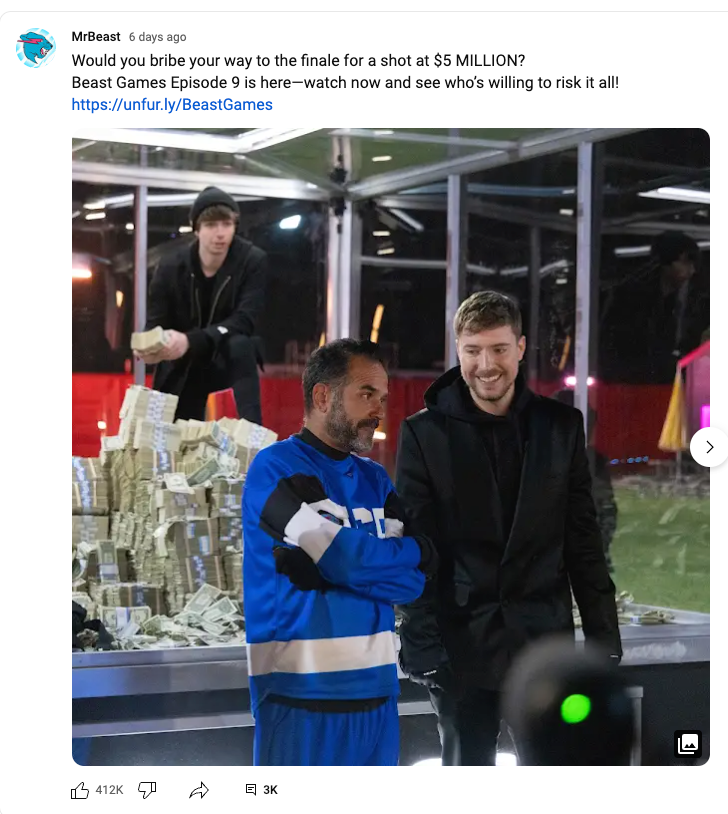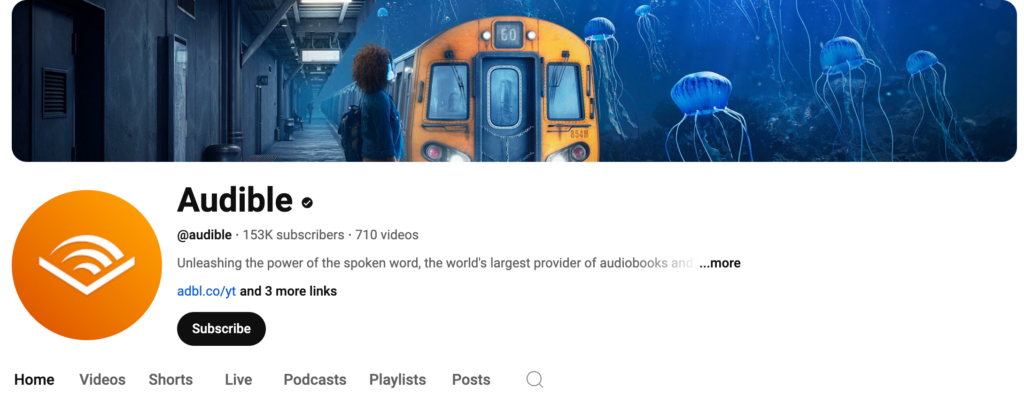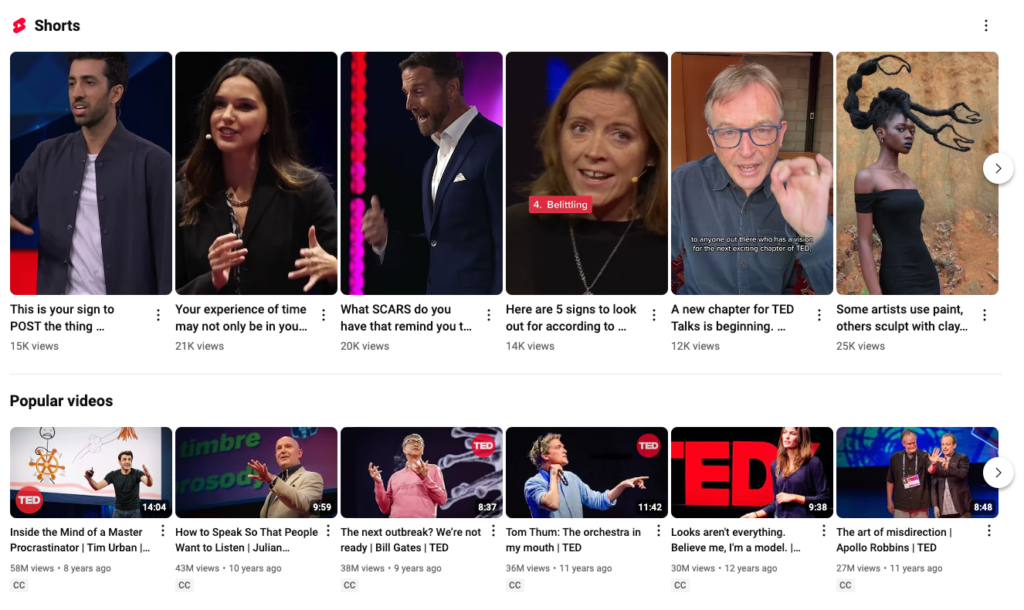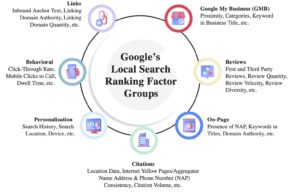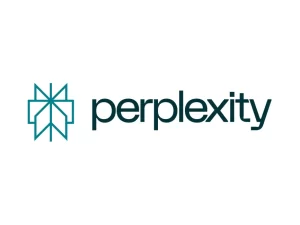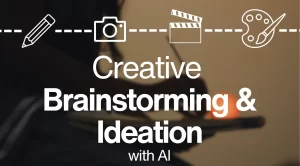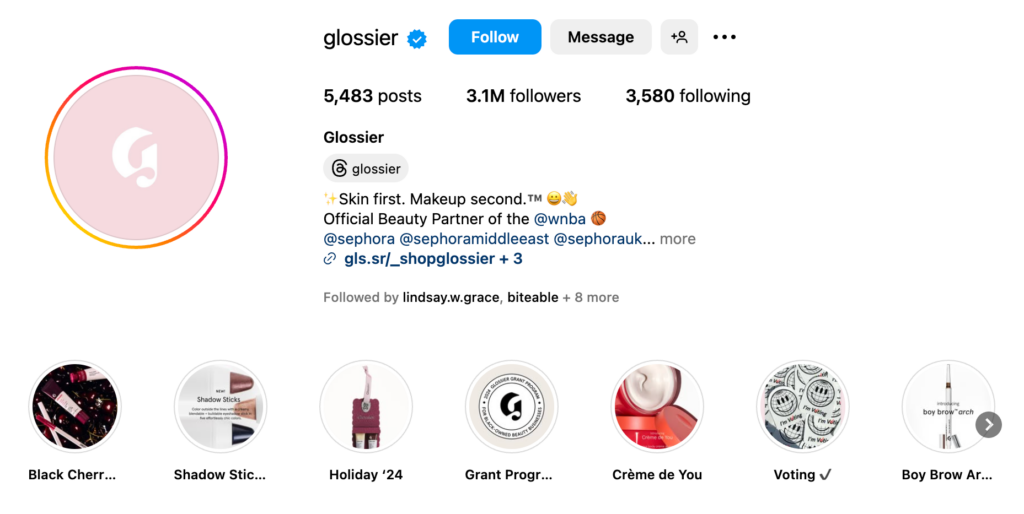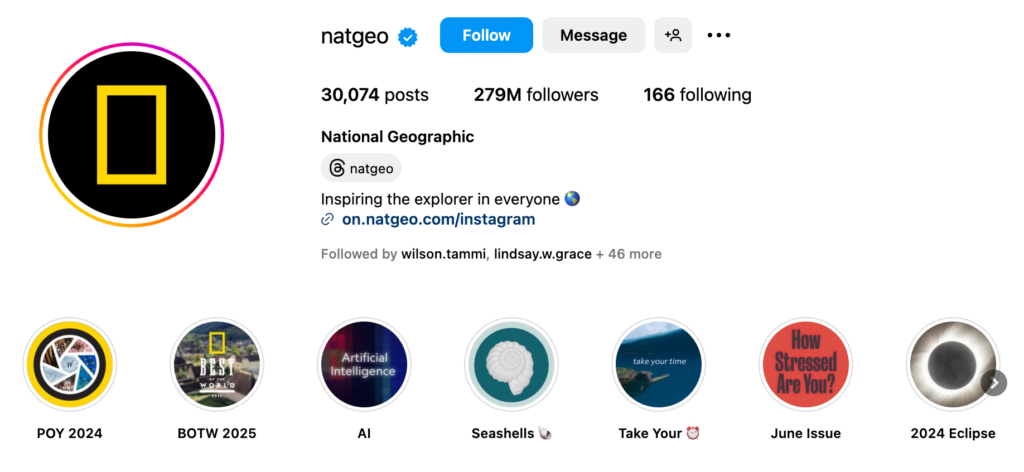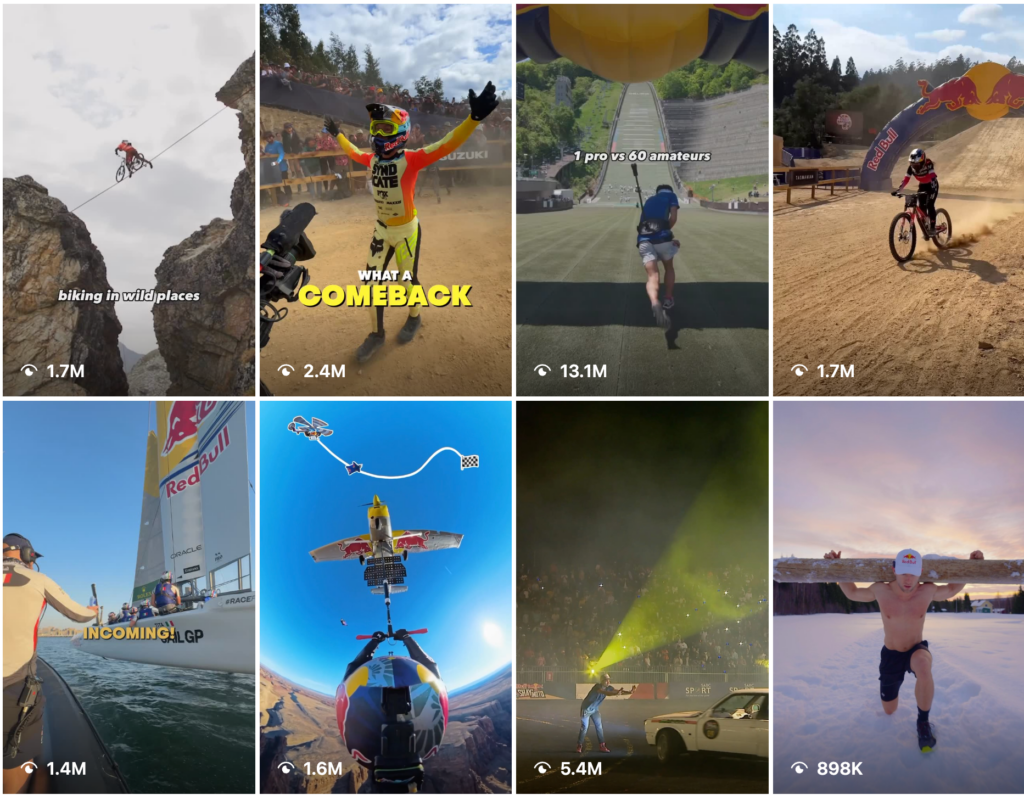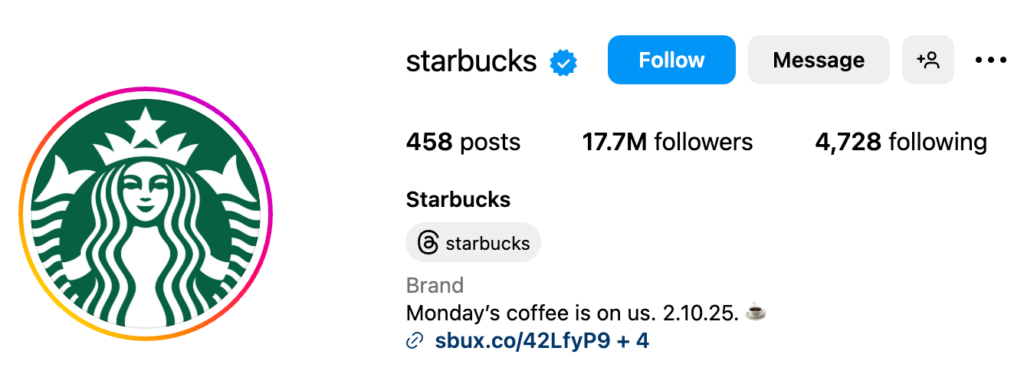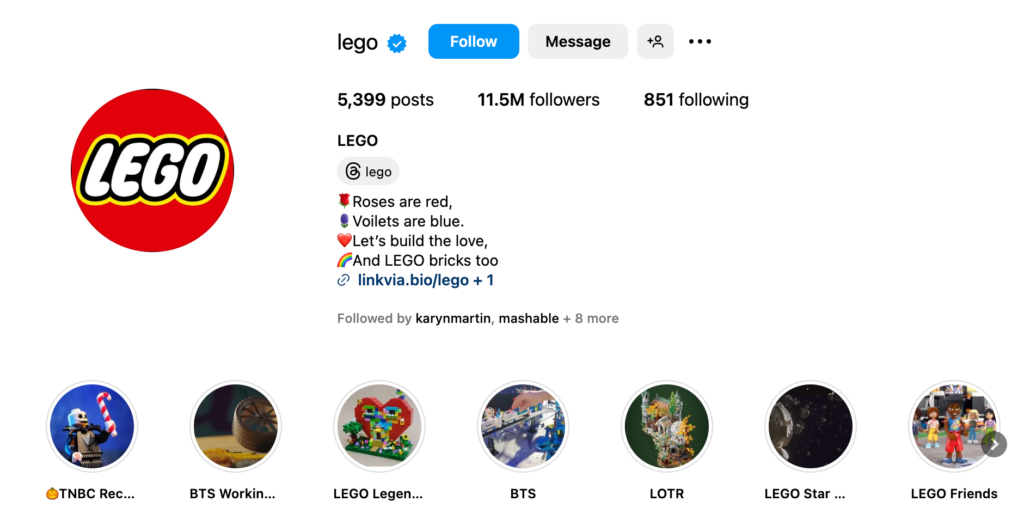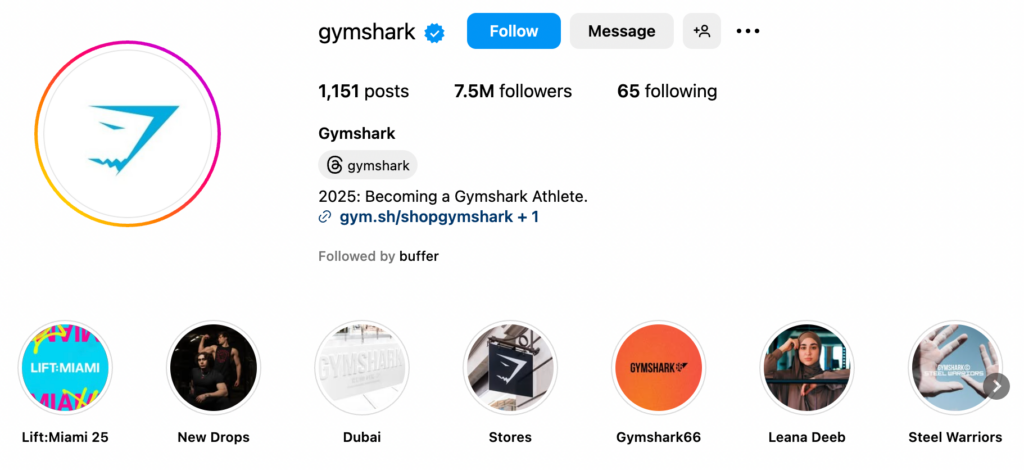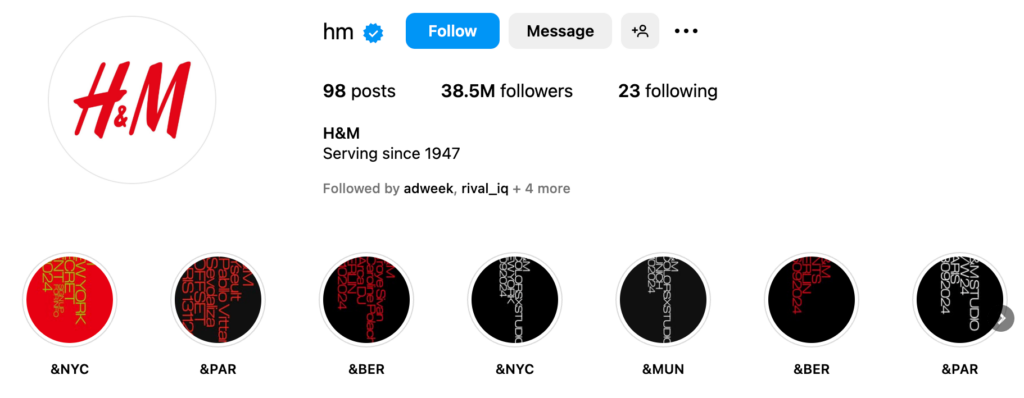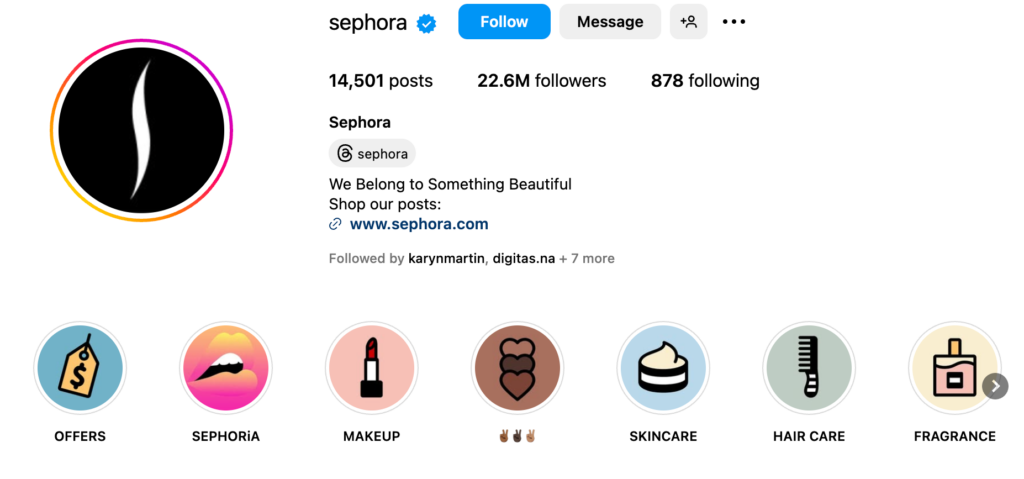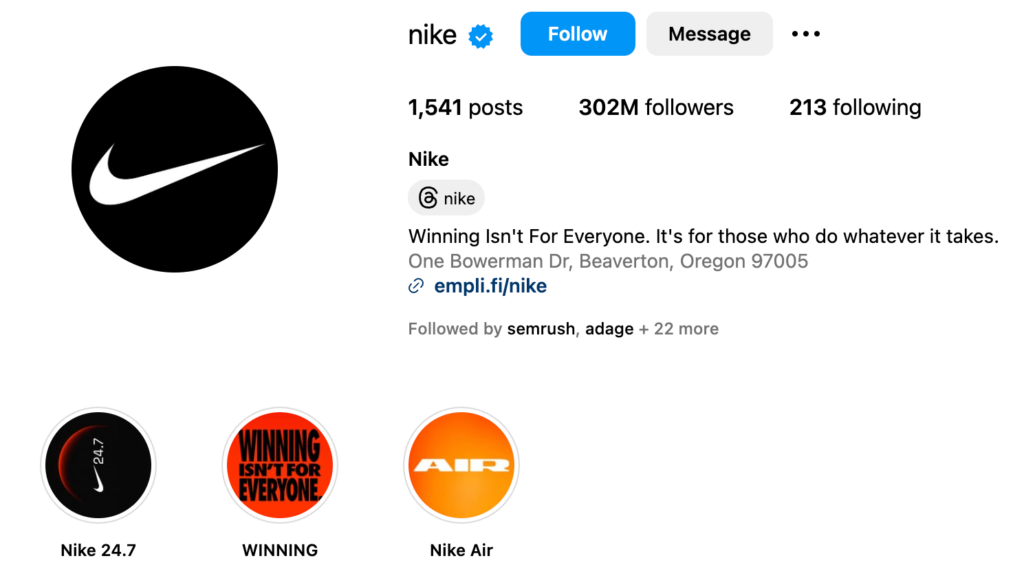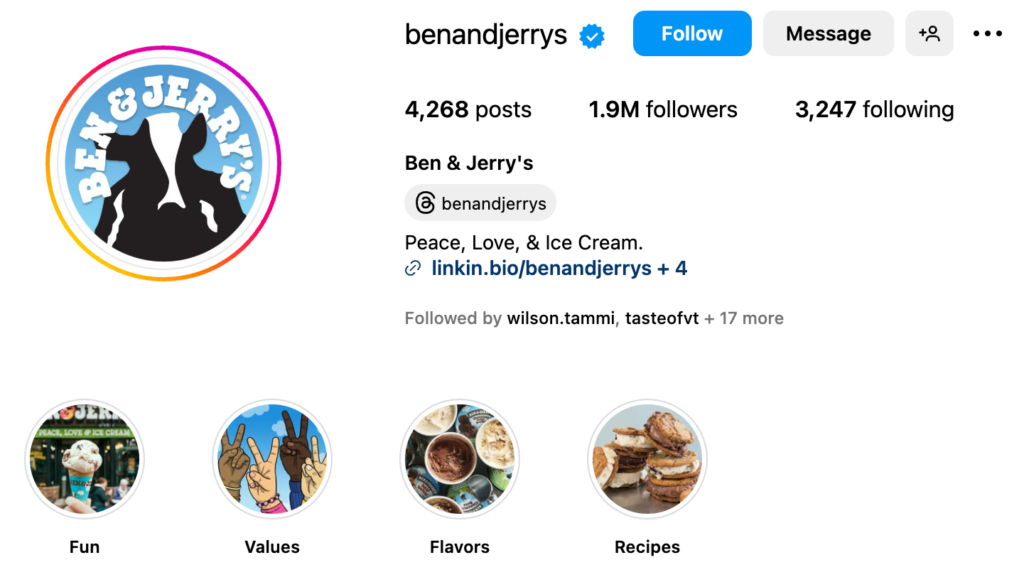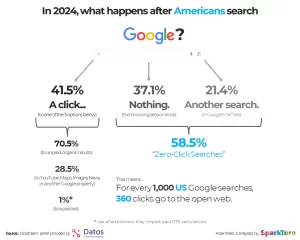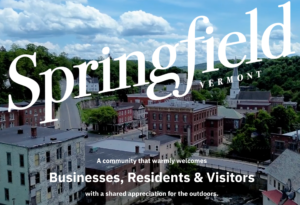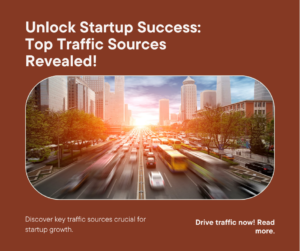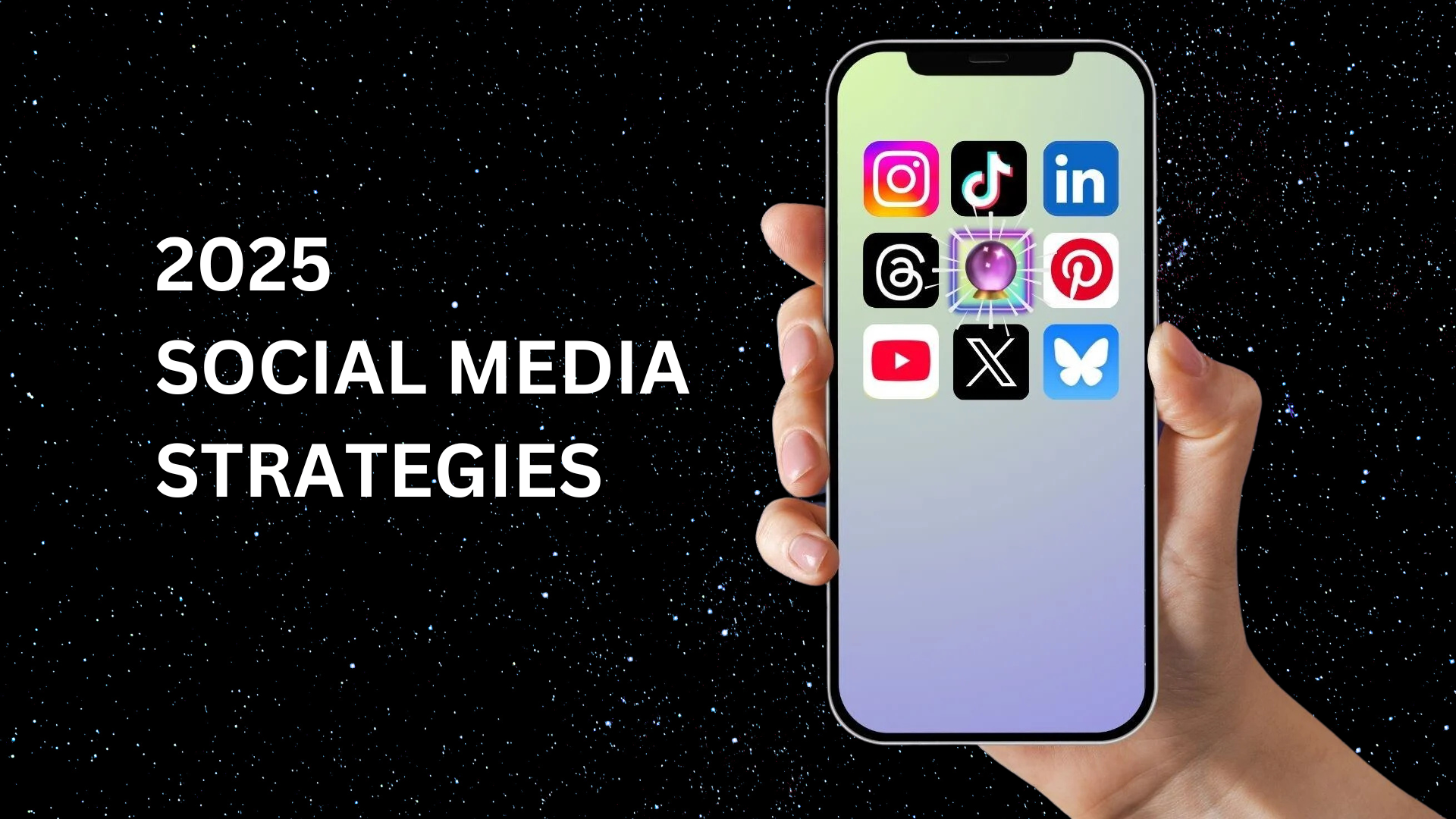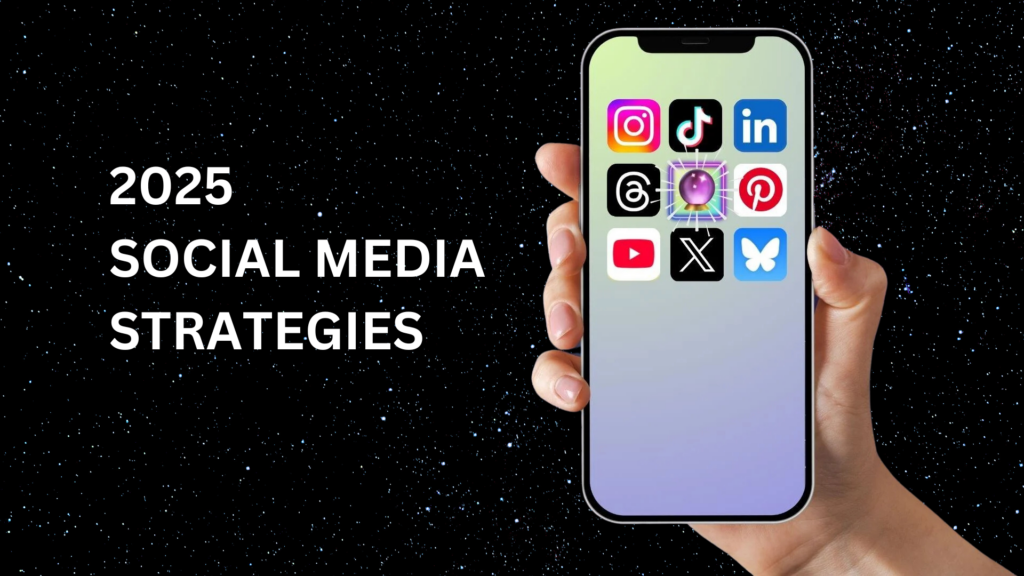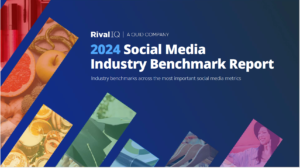Why Your Paid Social Media Ads Aren’t Delivering ROAS—And How to Fix It
You’ve invested in paid social media advertising. You’ve committed budget, time, and energy. But despite the effort, your Return on Ad Spend (ROAS) is underwhelming. It’s a scenario we see often: small and mid-sized businesses launch campaigns with high expectations, only to be met with disappointing performance and unclear results. Low ROAS is more than a missed metric—it’s a signal that something fundamental in your strategy isn’t aligning with your audience, messaging, or execution.
The good news? It’s fixable. By addressing the common pitfalls and making targeted adjustments, your paid social media campaigns can become a powerful driver of measurable business growth. Let’s explore the underlying causes and strategic fixes that can help turn your ad spend into consistent revenue.

The Real Impact of Low ROAS
ROAS is a key performance indicator in paid media—it tells you how much revenue you’re earning for every dollar spent on advertising. A strong ROAS means your campaigns are efficient, scalable, and profitable. A weak ROAS, however, suggests inefficiencies that can drain your budget and limit customer acquisition.
Refining Audience Targeting: Precision Over Reach
Effective audience targeting is the cornerstone of high-performing paid social media campaigns. If your ads are reaching the wrong people—or even the right people at the wrong time—you’re wasting budget and missing conversion opportunities.
Each platform offers powerful tools to improve targeting. For Facebook and Instagram, Custom Audiences can help re-engage past website visitors or customers, while Lookalike Audiences can scale reach by targeting users who mirror your best-performing segments. On LinkedIn, Matched Audiences allow for hyper-specific B2B targeting based on job roles, industries, or company size.
Creative That Converts: Crafting High-Impact Messaging
Even the best targeting can fall flat without compelling creative. In today’s saturated digital environment, your ad must do more than appear—it must resonate. Poor visuals, weak messaging, or unclear calls-to-action are all barriers to conversion.
Refreshing creative regularly is key to combating ad fatigue. This includes testing various ad formats—such as video, carousel, and image-based ads—and leveraging user-generated content or testimonials to build authenticity and trust. A/B testing different headlines, visuals, and CTAs helps identify which elements drive the highest engagement and conversion rates.
Great creative is more than design—it’s a strategic asset. It should communicate value quickly, solve a problem clearly, and invite action confidently.
Conversion Tracking: Clear Data, Smarter Decisions
Without accurate tracking, you’re operating in the dark. You may see clicks and impressions, but without clear attribution, it’s impossible to identify which campaigns are driving actual results.
With privacy changes like iOS 14.5 affecting attribution, brands must rely on robust tracking systems. Tools like Meta Events Manager, Google Analytics, and UTM parameters are essential for mapping the customer journey and understanding campaign-level performance.
Accurate conversion tracking enables smarter budget allocation, better campaign optimization, and a clear view into true performance. It also ensures you can pivot quickly when ads underperform or scale efforts when you identify a winning formula.
Balancing Quick Wins with Long-Term Strategy
Improving ROAS doesn’t always require a complete campaign rebuild. Strategic adjustments—such as refining ad copy, adjusting your bid strategy, or tightening targeting—can yield fast improvements. However, long-term success demands a structured and scalable strategy.
Adopt a test-and-learn mindset across your funnel—from audience segmentation to landing page experience. Use early performance data to inform creative updates and conversion rate optimization. Most importantly, build a campaign architecture that’s flexible enough to evolve as your business grows.
Mapping the customer journey and aligning ad messaging with each stage of the funnel supports both short-term conversions and long-term brand equity.
Let’s Fix Your Paid Social Performance
Let’s turn your ad spend into measurable growth. Schedule your free paid media audit today.
Recent Posts
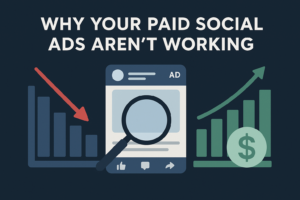
Paid Social Media ROAS
Why Your Paid Social Media Ads Aren’t Delivering ROAS—And How to Fix It You’ve invested in paid social media advertising. You’ve committed budget, time, and

B2B lead generation channels
Top B2B Lead Generation Channels in 2025 | Data-Backed Guide to Higher ROI Back in 2018 a single survey claimed that “Search beats every other
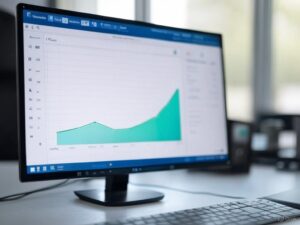
Search Visibility
How to Improve Search Visibility and Drive More Organic Traffic For many businesses, low search visibility is a persistent challenge that directly impacts their ability
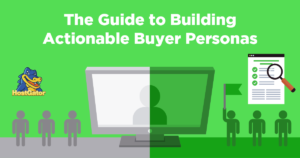
Creating Killer Buyer Personas
Creating Killer Buyer Personas: The Strategic Imperative for Smart Marketing In today’s digital-first economy, understanding your customer is no longer a luxury—it’s a strategic necessity.
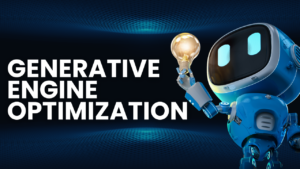
Generative Engine Optimization (GEO)
Generative Engine Optimization (GEO): The Future of Search and How It Differs from SEO As digital marketing continues to evolve, search is undergoing a radical
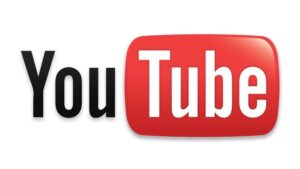
Best Practices for Building a Brand Presence on YouTube
Updated Best Practices for Building a Brand Presence on YouTube (2025) YouTube continues to be a dominant platform for video content, offering businesses unparalleled opportunities
